The Tenerife airport disaster. How the deadliest plane accident happened?
The Tenerife Airport Disaster happened on March 27, 1977, at 5:06 p.m., when two Boeing 747s operating the flights KLM 4805 and Pan Am 1736 collided on the runway of Los Rodeos Airport on the Spanish island of Tenerife, causing the deadliest accident in aviation history that resulted in the loss of 583 crew members and passengers from both flights.
The accident occurred as a result of an incredible chain of coincidences. A terrorist attack, the bad weather, poor communication between the pilots and the control tower, all summed up a series of unfortunate events that had an unexpected result. But how did this chain of coincidences lead to such a tragedy?
KLM Flight 4805 and Pan Am Flight 1736
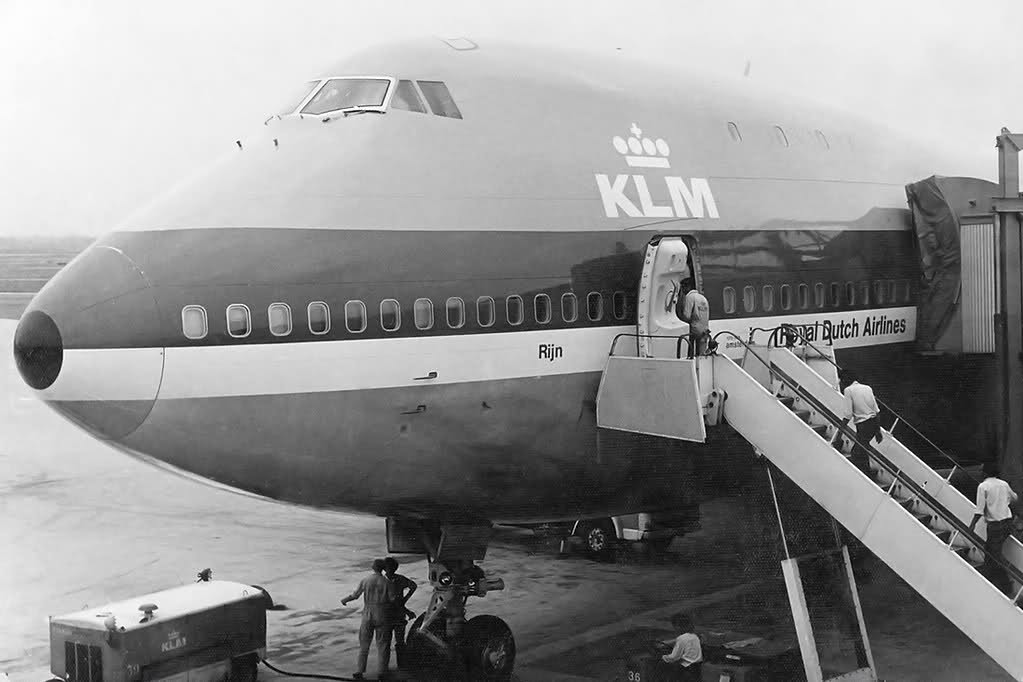
According to Wikipedia, KLM Flight 4805 using a Boeing 747 aircraft departed from Amsterdam Airport Schiphol with a number of 235 passengers including 52 children and 14 crew members. There were 3 people in the cockpit, Captain Jacob Veldhuyzen van Zanten at the age of 50 years old, First Officer Klaas Meurs at the age of 42, and the flight engineer Willem Schreuder, who was 48 years old

Captain Jacob Veldhuyzen van Zanten was a very experienced pilot, he was the face of the KLM Company being featured in various commercials. Usually, his work took place in the flight simulator where he trained student pilots, and a few months before the accident he was the one who gave the license to the first officer Klaas Meurs.
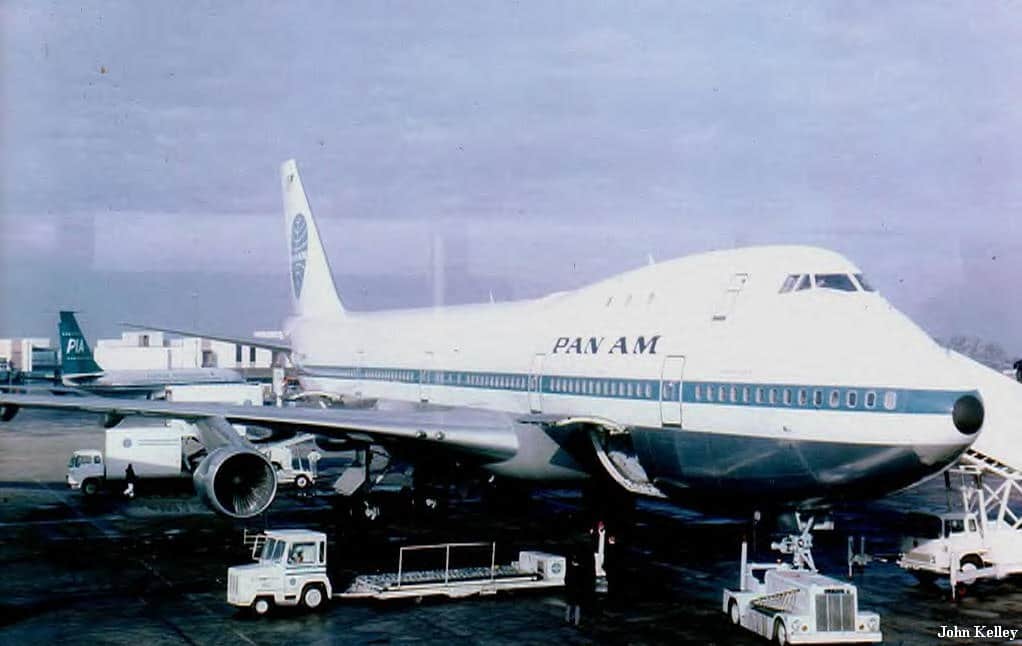
Pan Am Flight 1736, also using a Boeing 747 left Los Angeles International Airport, had a stop at John F. Kennedy Airport in New York from where another crew took over the aircraft, after which they headed to its final destination, Gran Canaria Airport. There were 380 passengers and 16 crew members onboard the Pan Am aircraft. The Cockpit crew consisted of Captain Victor Grubbs (56 years old), First Officer Robert Bragg (39 years old), and Flight Engineer George Warns (46 years old).
A terrorist incident at Gran Canaria Airport
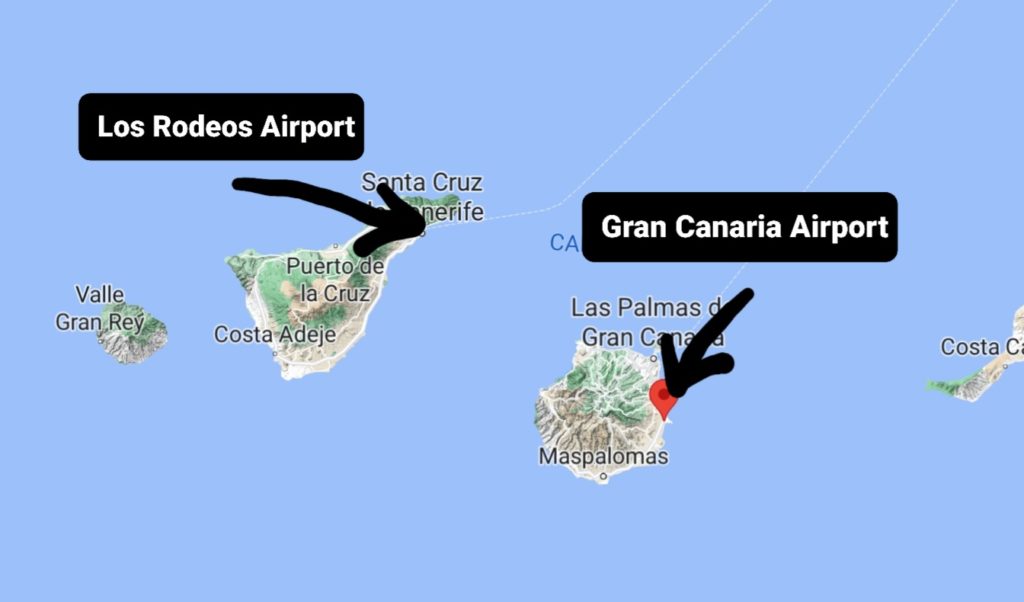
In the Canary Islands, the political situation at the time was quite controversial. A small group fighting for the independence of the Canary Islands wanted their cause to be heard by as many people as possible. This group announced to the authorities that they will place bombs in Gran Canaria Airport, and not long after this call, a bomb exploded in the airport terminal injuring 8 people. Worried about a second bomb, authorities decide to close the airport until the case is solved. This decision results in the diversion of all flights to the Los Rodeos Airport on the neighboring island of Tenerife, including the two flights. This airport was a small regional airport with a single runway and a single taxiway. It was built for small airplanes and not for large passenger aircrafts such as Boeing 747.
The traffic at Los Rodeos Airport
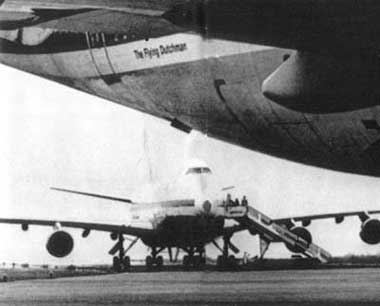
March 27, 1977, was a Sunday and only two air traffic controllers were on duty at Los Rodeos Airport. For a normal day, they were good, but they were not used to dealing with such a large number of aircraft. The airport filled up quickly and the controllers had to find solutions to park all the arriving airplanes. According to the documentary made by On The Move, the taxiway was not fully usable because some planes had to park there, so the controllers’ solution for the departing aircraft was to taxi along the runway to put themselves in the position for takeoff.
Of the two Boeing 747s, the KLM arrived first and while waiting for the reopening of the Gran Canaria Airport, the passengers were allowed to wait in the terminal of Los Rodeos airport. After Pan Am flight 1736 landed, the airport terminal was already full but the passengers were allowed to go outside and to wait next to the plane.
The preparations for the departure
The situation at Los Rodeos Airport has already become uncertain as news of the reopening of Gran Canaria airport is still awaited. The captain of the KLM plane, Jacob Veldhuyzen van Zanten, decides to use the time he has available to put fuel in the plane, enough to take the plane to Gran Canaria and then to Amsterdam. It should be noted that KLM had recently changed its rules regarding the number of working hours for its pilots. The two pilots felt under the pressure of time because they did not want to spend the night in Gran Canaria but wanted to return to Amsterdam.
The captain’s decision will have unexpectedly tragic consequences. The fuel made the plane much heavier, which made the takeoff to be longer and this added to the events that led to the Tenerife airport disaster.
The weather in Los Rodeos

Another consequence of this process is the delay of the departure with half an hour, enough time in which a heavy fog settled in Los Rodeos. Unfortunately for an airport where such weather events were regular, the Los Rodeos airport was not equipped with ground radar which would have helped the controllers to see where the planes were.
Under such weather conditions, both aircraft became invisible to the control tower. Directing the planes on the runway was based entirely on good communication between the pilots and the controllers, which unfortunately was not good at all. In the cockpit recordings of the Pan Am plane, there are conversations in which the crew expresses their concern about the weather. They even assume that until the fog disappears no aircraft can take off.
The controllers plan for the taxi route

Because the taxiway was partially blocked by planes, the controllers made a plan so that all aircraft would take off as soon as possible. The first aircraft in line was the KLM, behind it was the Pan Am airplane followed by the other planes. The controllers’ plan was for the KLM plane to taxi along the runway and then make a 180-degree turn to put themselves in the position for takeoff. The crew of the Pan Am plane was instructed to follow the KLM’s route and then to enter the main taxiway using the third exit from the runway, where they will wait for the KLM to take off.
Taxi along the runway
After he received the instructions, the captain of the Pan Am plane expressed his desire to stay off the runway until the KLM took off: “I think it would be best to stay off the runway until the KLM is airborne”. However, this request did not reach the controllers because the airport frequency was used at that moment by the KLM crew.
As the Pan Am aircraft is taxiing down the runway, his crew becomes uncertain about the exit to the taxiway:
Pan Am captain: “taxi down the runway and leave the runway at the first intersection on the left, is that correct?”
Tower: “Negative, the third one, the third one”
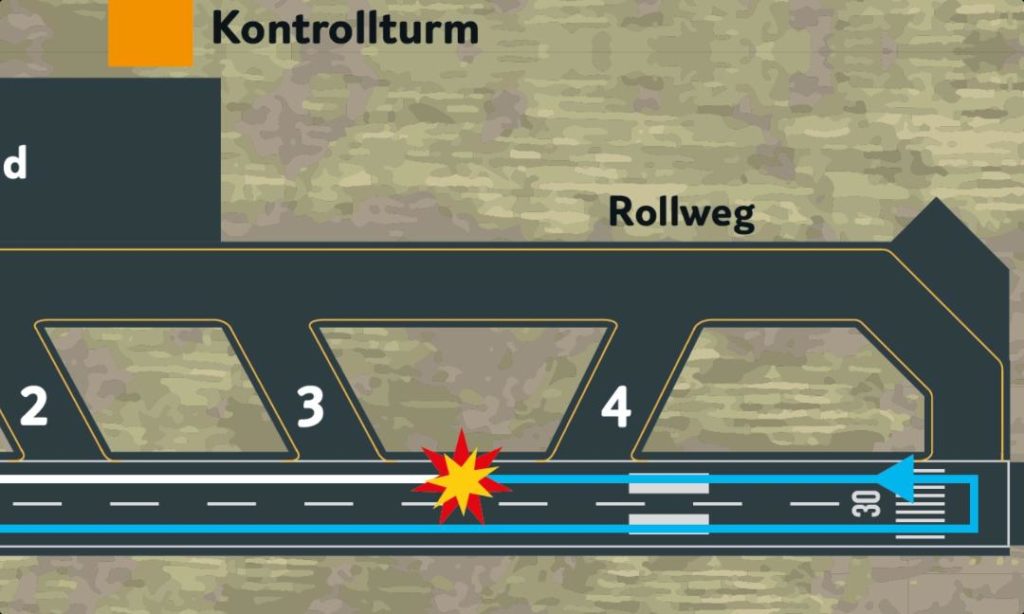
However, at Los Rodeos Airport, the third exit involves the aircraft turning 148 degrees to the left, followed by another 148-degree turn to enter the taxiway. These tight turns for a Boeing 747 are almost impossible.
At this point, the confusion in Pan Am’s cockpit increases:
Pan Am captain: “Maybe he meant charlie four”
The fourth exit seems to be a logical exit from the runway for the direction from which the Pan Am plane is coming.
Meanwhile, the tower gets in touch with the KLM aircraft:
Tower: “KLM 4805 how many taxiways did you pass?”
KLM First Officer: “I think we just passed charlie four now”
After that, Pan Am’s first officer asks for a confirmation of the exit to the taxiway, to which the tower responds: ” The third one sir, one, two, three, third, third one”. Since the fourth exit was the logical one, the Pan Am crew assumes that the third exit actually refers to the fourth (the third after the first exit, C1 being the exit that they just passed).
With very low visibility, the two airplanes were not visible to each other or to the tower. 200 meters from the Pan Am aircraft, KLM has completed its 180-degree rotation and is now awaiting the clearance from the controllers. Probably in a hurry, the KLM captain starts pushing the thrust levels, after which the first officer tells him “Wait a minute, we don’t have an ATC clearance”. The captain reduces the thrust levels and replies “I know that, go ahead, ask”
KLM First Officer: “KLM 4805 is now ready for takeoff and we are waiting for takeoff clearance”
Tower: “KLM 8705 (the wrong name)… right turn after takeoff proceed with heading 040 until intercepting the 325 radial from Las Palmas VOR”
KLM’s First Officer confirms the flight instructions, after which he adds “We are now at takeoff”, and at this moment the captain takes over the conversation:
KLM Captain: “We’re going”
Tower: “OK (nonstandard terminology), stand by for the takeoff, I will call you”
Unfortunately, due to the interferences on the frequency, the last and most important part transmitted by the controllers does not reach the KLM’s crew so they only hear “OK”.
The Tenerife airport disaster happened

The KLM captain starts pushing the thrust levels. The Pan Am aircraft was still on the runway, ready to access the fourth exit to enter the taxiway. 11 seconds before the impact, the lights of the KLM approaching in speed can be seen from the Pan Am cockpit:
Pan Am Captain: “IT’S COMING!…IT’S COMING!”
Pan Am First Officer: “GET OFF!…GET OFF!”
The captain of the Pan Am plane adds maximum power and turns left in an attempt to take the aircraft off the runway. The acceleration for an aircraft of this size is quite slow, and in such a short time the airplane cannot advance too far.
The KLM Boeing 747 was approaching at a speed of 260 km/h. The KLM captain saw the plane on the runway and he pulled the yoke back causing a 20-meter long tailstrike. However, despite the short distance, he managed to lift the aircraft a few meters in the air.
The Tenerife airport disaster happened at 17:06 (5:06 p.m). The landing gear of the KLM plane hit the middle of the Pan Am fuselage. The right engine broke Pan Am’s first-class lounge, and KLM’s left-wing hit Pan Am’s tail structure. The KLM aircraft continues to fly a few meters after which it crashes. At the moment of the impact with the runway, the sparks ignite the fuel vapors causing a huge fire.
With a total of 583 casualties from both aircraft, the Tenerife airport disaster became the deadliest plane crash of all time.
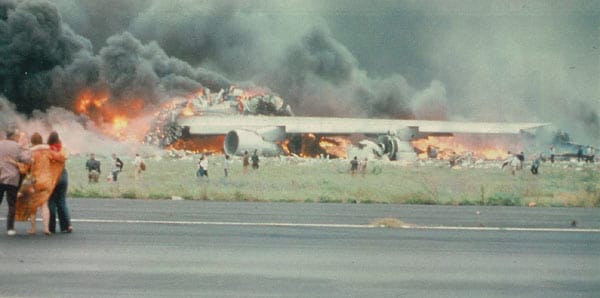
Survivors
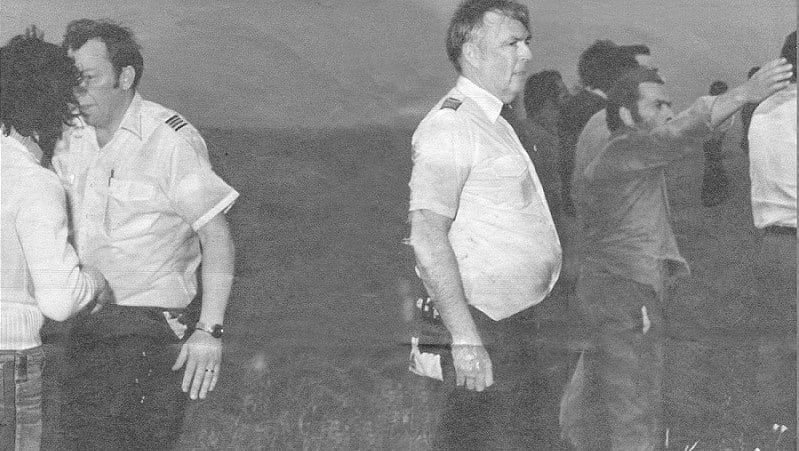
No one on board the KLM survived the crash due to the huge fire. Instead, 61 people survived from the Pan Am plane. The captain Victor Grubbs, first officer Robert Bragg, and the flight engineer George Warns survived the crash.
Who is responsible for the accident?
After many analyzes and contradictions between different investigators, a conclusion was finally reached. The main reason for the Tenerife Airport disaster was KLM Captain Jacob Veldhuyzen van Zanten, due to his decision to take off without clearance.
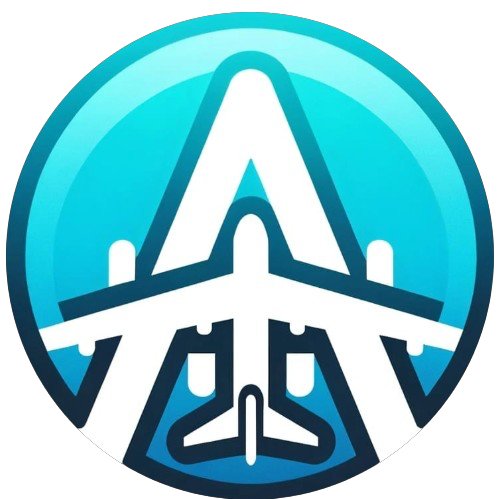
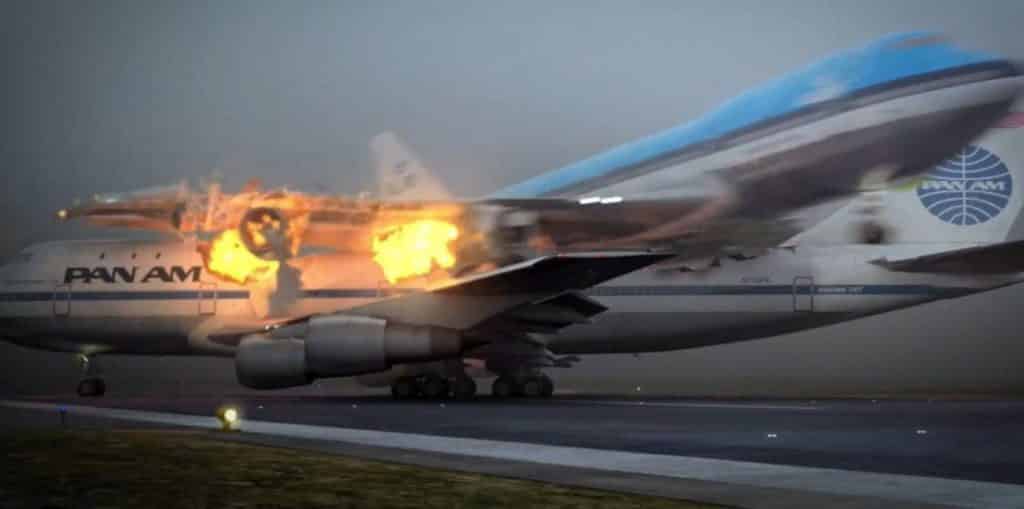
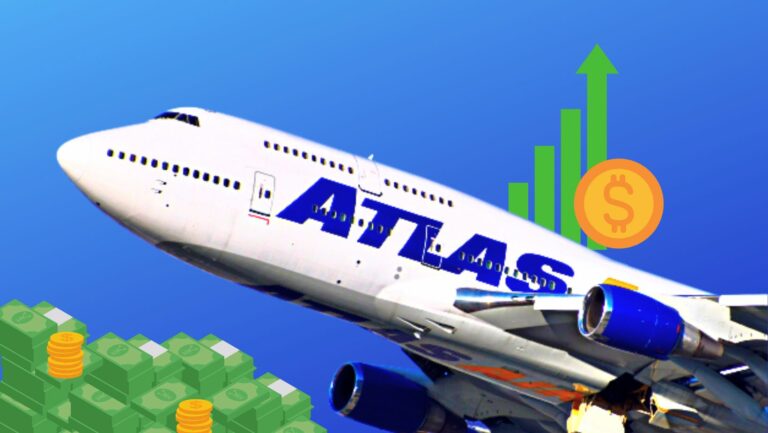
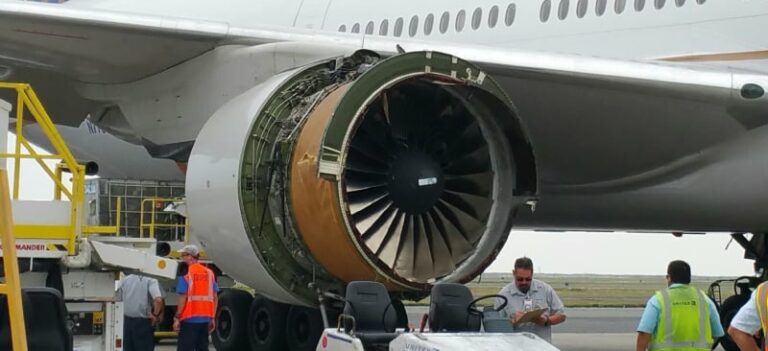


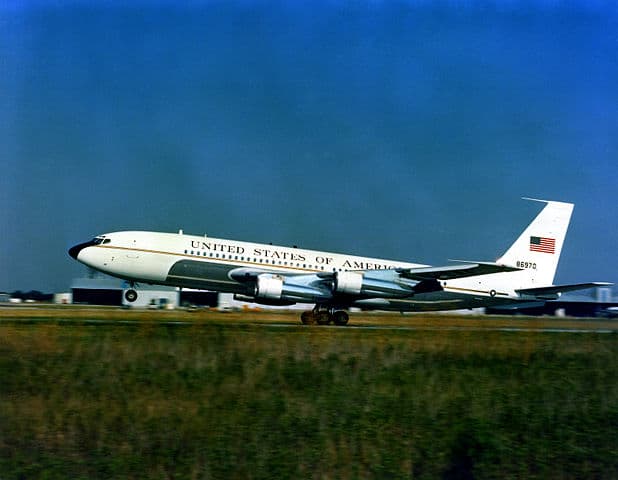

Very pathetic,I also share the view of the investigators,surely the KLM crew and for that matter the captain irrespective of his massive experience has to get the clearance before take off but as I read about him making the time was the result of this mess,with this accident a lot I think has changed in the aviation industry,thnks for the account
[email protected].
Useful information. Fortunate me I discovered your web site by accident, and I’m surprised why this accident did not took place in advance! I bookmarked it.
Thank you!
We are a private hire car company, specializing in passenger transfers to and from Bahamas airports, ports, Bahamas train stations, and Bahamas Places.
Could you please provide the following information:
1. What is the daily rate for hiring your blackest Jaguar XF?
2. Can I insure the car in case it disappears?
3. Will insurance cover it, if just the engine is stolen? What about just the Emergency Parking Brake?
4. Do you also provide female drivers with firm figures and really good (not skinny) legs? (I believe that legs that simply taper from thigh to ankle are insipid. Calves must be defined.)
5. Do you agree that a woman’s shapely legs are not meant to be too muscular?
Thanks in advance!